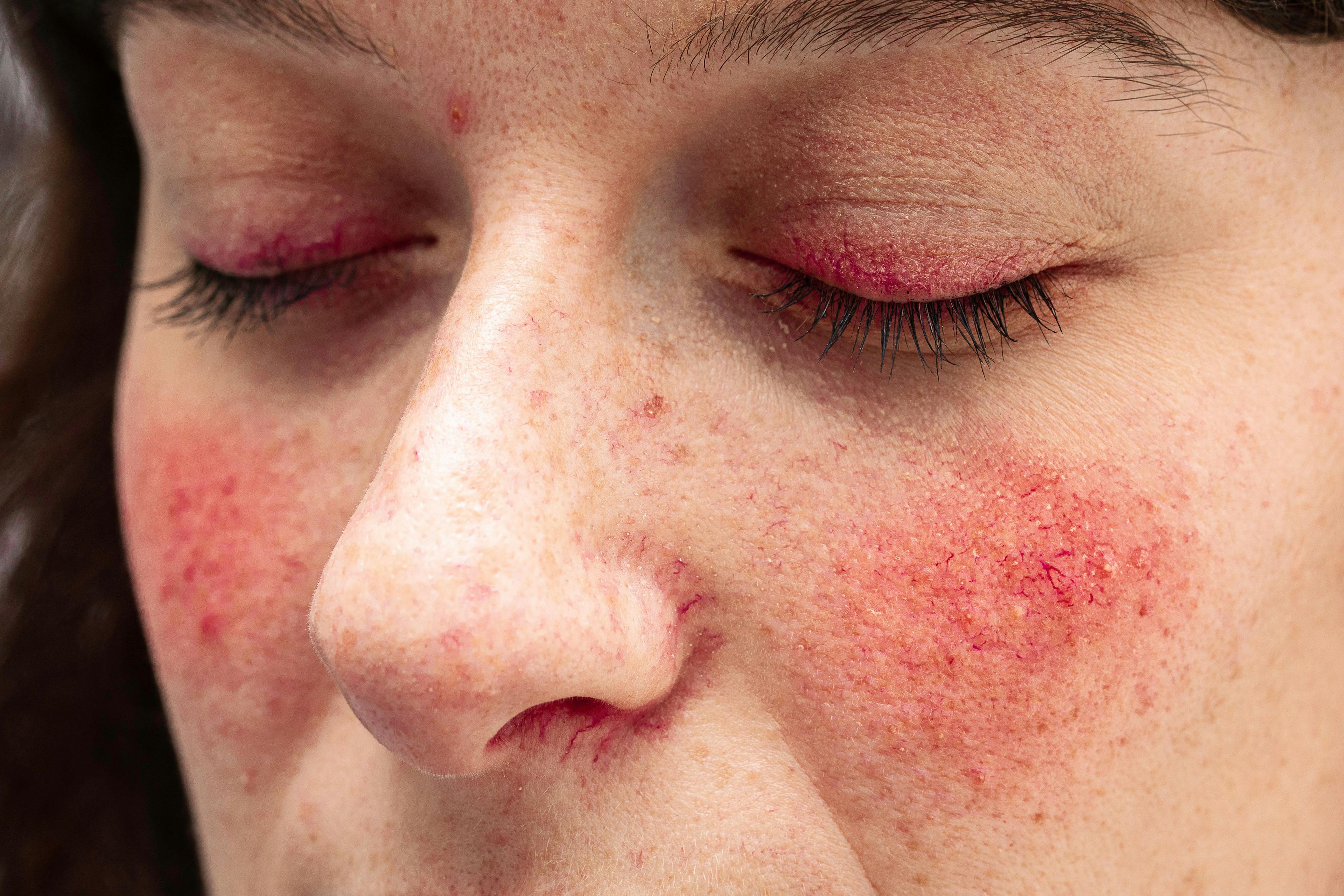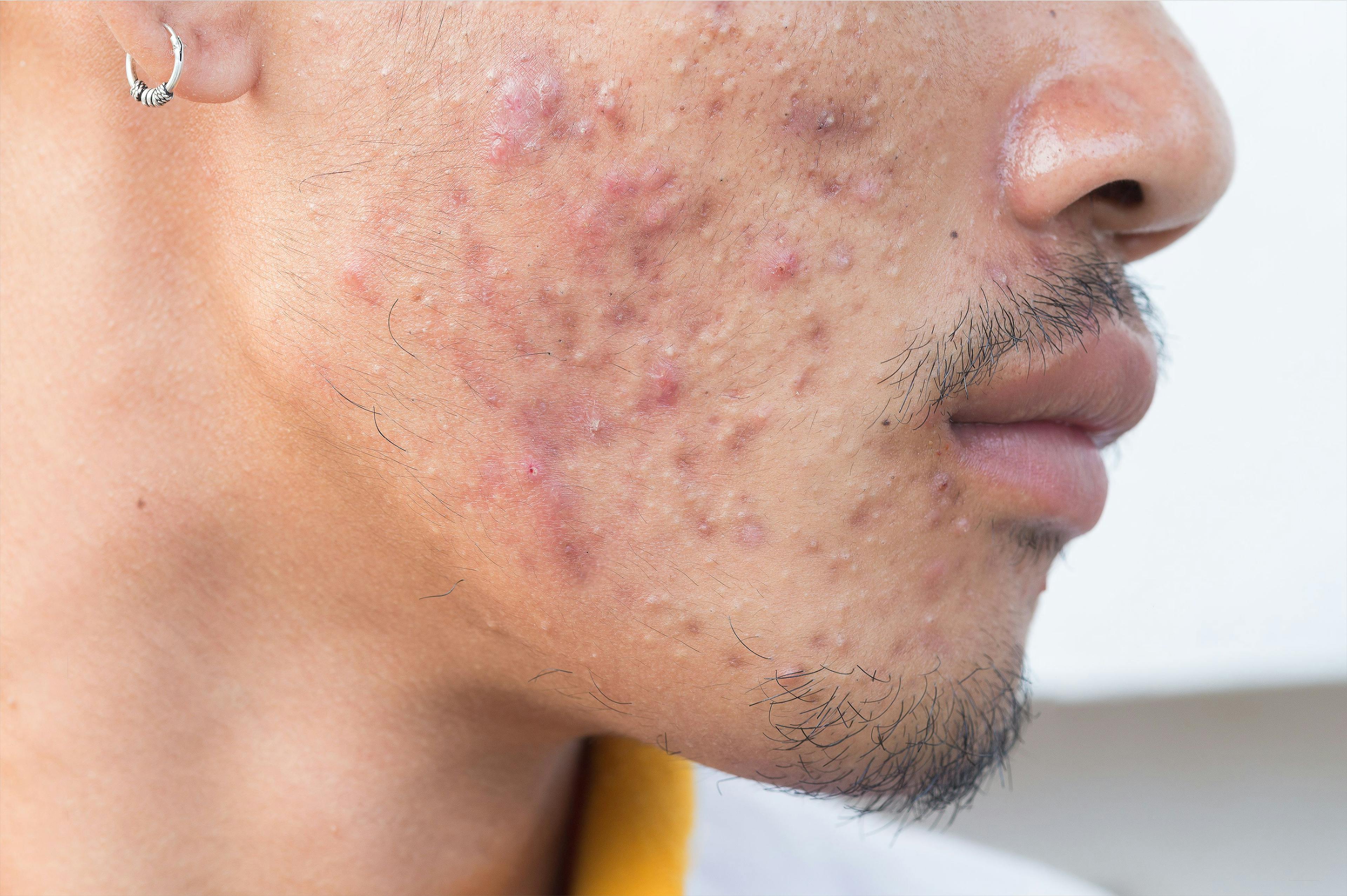- Acne
- Actinic Keratosis
- Aesthetics
- Alopecia
- Atopic Dermatitis
- Buy-and-Bill
- COVID-19
- Case-Based Roundtable
- Chronic Hand Eczema
- Chronic Spontaneous Urticaria
- Drug Watch
- Eczema
- General Dermatology
- Hidradenitis Suppurativa
- Melasma
- NP and PA
- Pediatric Dermatology
- Pigmentary Disorders
- Practice Management
- Precision Medicine and Biologics
- Prurigo Nodularis
- Psoriasis
- Psoriatic Arthritis
- Rare Disease
- Rosacea
- Skin Cancer
- Vitiligo
- Wound Care
Publication
Article
Dermatology Times
Vitiligo’s Emerging Drug Pipeline
Author(s):
Ruxolitinib cream 1.5% may soon be the first FDA-approved treatment for repigmentation of vitiligo. Experts share what dermatologists need to know regarding efficacy, safety, and cost of this topical drug.
Vitiligo’s cause is unknown, but its detrimental effect on patients’ quality of life is clear.1 Medications for this skin disease may work slower than patients anticipate, causing them to feel hopeless, according to Pearl E. Grimes, MD, FAAD, a clinical professor of dermatology at the David Geffen School of Medicine at UCLA and founder and director of the Vitiligo and Pigmentation Institute of Southern California in Los Angeles.
Discouraged patients may give up and quit treatment, creating tension in their relationship with their physician, Grimes continued. “So many patients that I see come in with the mindset that there is going to be a quick fix for vitiligo. When they don’t see changes in perhaps 2 weeks or 4 weeks, they abandon treatment,” she said.
But the future—possibly the very near future—holds promise. Treatments in the pipeline offer quicker results and a relatively safe profile; there’s even hope of one day finding a cure for this disease, said Seemal Desai, MD, FAAD, an assistant professor in the Department of Dermatology at UT Southwestern and founder and director of Innovative Dermatology in Dallas, Texas. But meanwhile, unmet needs remain, Grimes and Desai agreed.
The drugs’ different mechanism of action will tackle inflammation, perhaps by targeting inflammatory cytokine pathways and increasing production of melanocytes, Desai said. “I think the mechanism [of action] helps to explain and [helps us] better understand the pathophysiology of the disease,” he said. Approval of the first such treatment for vitiligo may be imminent: Ruxolitinib cream 1.5% (Opzelura; Incyte), a topical Janise kinase (JAK) inhibitor, initially had a Prescription Drug User Fee Act (PDUFA) date of April 18, 2022, but has since been extended 3 months to July 18, 2022.2,3
Patients who have active unstable disease or chronic and refractory disease or have head and neck involvement are ideal candidates for the new medications. Desai emphasized that these treatments, especially JAK inhibitors, are meant for specific disease states. “These aren’t going to be the type of product in...a 1-pound jar that patients can slather [on from] head to toe,” he said. Instead, they are meant to be used in conjunction with other therapies such as oral antioxidants, systemic steroids, and narrow-band UV-B for targeted phototherapy. Grimes agreed with Desai’s comments, adding that she does not think ruxolitinib 1.5% cream will replace current treatments, which, when used in combination—particularly for lesions on the face and neck—do work.
The issue, she continued, is how the role of existing treatments might change. “My guess is that we will use these drugs as a primary and as a secondary approach,” Grimes said. Other treatments on the horizon are IL-15 and CXCL10 blockades and other more selective JAK inhibitors, such as TYK and TEC inhibitors, Desai said.4,5
The broadening treatment horizon raises a burning question: Will these treatments be affordable and accessible? Grimes said the drugs have the potential to be expensive and, if not covered by insurance, cost prohibitive. Many physicians will have to work with insurance carriers to help patients get ruxolitinib covered, she said.
Grimes is hopeful that vitiligo will soon have a robust armamentarium, mirroring that of psoriasis, and shares Desai’s hope of a cure.
For more details, visit dermatologytimes. com, where Grimes and Desai discuss onboarding patients, the risks and rewards of treatments, safety signals to heed when beginning a new regimen, and what the latest in research.
References:
- Vitiligo. American Osteopathic College of Dermatology. Accessed April 7, 2022. https://www.aocd.org/page/Vitiligo
- Incyte announces acceptance and priority review of sNDA for ruxolitinib cream (Opzelura) as a treatment for patients with vitiligo. Incyte. Accessed Decem- ber 15, 2021. https://investor.incyte.com/press-releases/press-releases/2021/ Incyte-Announces-Acceptance-and-Priority-Review-of-sNDA-for-Ruxolitinib- Cream-Opzelura-as-a-Treatment-for-Patients-with-Vitiligo/default.aspx
- FDA extends review of Opzelura for skin condition. Formulary Watch®. March 14, 2022. Accessed April 19, 2022. https://www.formularywatch.com/view/ fda-extends-review-of-opzelura-for-skin-condition
- Evaluation of Amg 714 for Vitiligo (REVEAL). ClinicalTrials.gov. Updated November 1, 2021. Accessed April 6, 2022. https://clinicaltrials.gov/ct2/show/ NCT04338581
- Rashighi M, Agarwal P, Richmond JM, et al. CXCL10 is critical for the progression and maintenance of depigmentation in a mouse model of vitiligo. Sci Transl Med. 2014;6(223):223ra23. doi:10.1126/scitranslmed.3007811

Newsletter
Like what you’re reading? Subscribe to Dermatology Times for weekly updates on therapies, innovations, and real-world practice tips.


























